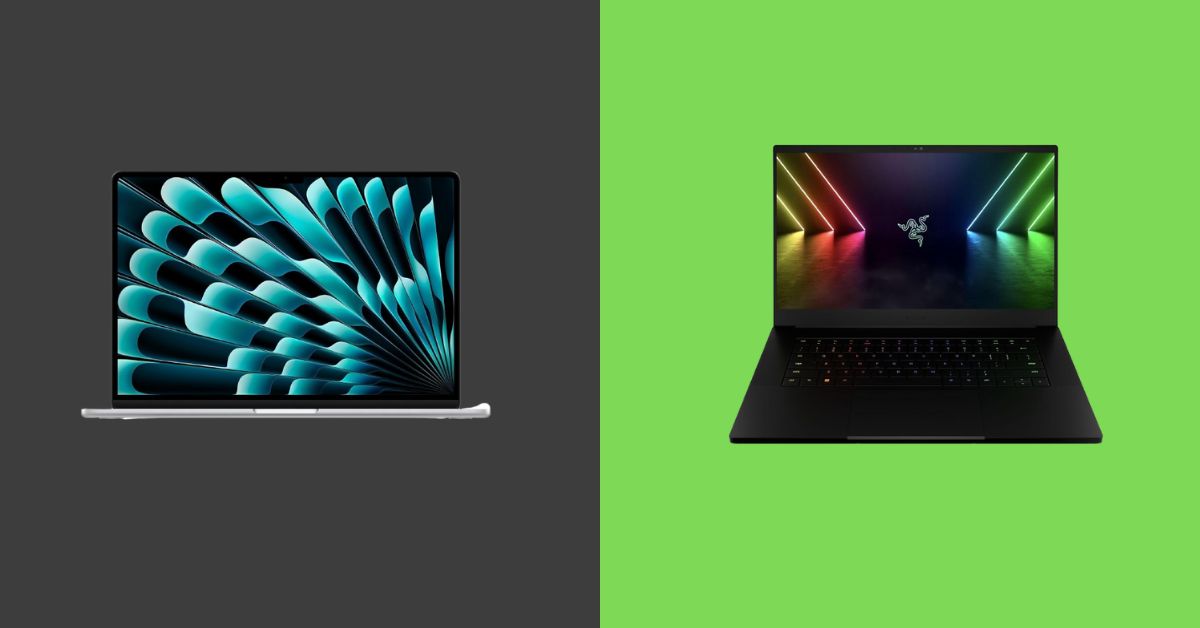What Happens if Power Supply isn’t Enough for Graphics Card?
What happens if your graphics card doesn’t have enough power to run smoothly? Well, the short answer is that it will not run smoothly then, or in the worst case, it won’t give you any display at all!
Actually, the graphics card is the heart of your computer. It’s what makes it all work as you’re typing this sentence. The problem is, without a powerful enough power supply, your graphics card will simply not be able to keep up with the demands of modern graphics.
If you’ve ever experienced laggy performance or experienced crashes due to insufficient power, then you know how important it is to make sure that your graphics card has the resources it needs to run smoothly. And unfortunately, a lot of people don’t know how to tell if their power supply isn’t adequate for their needs.
Read More: Best Laptop For Adobe Illustrator
In this article, we’ll talk about three key points: why these issues happen in the first place, how you can fix them, and What things you need to make sure of a reliable power supply!
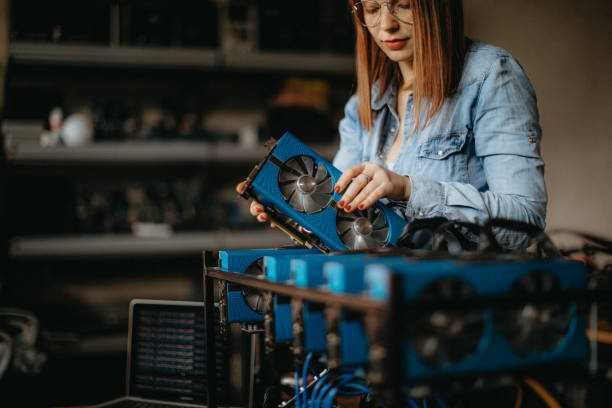
You May Also Like: Dive into the world of 4K vs 1080p laptops!
What Happens if Power Supply isn’t Enough for Graphics Card?
If your computer has a graphics card, then you’ve probably heard about the dangers of having an insufficient power supply. But what happens if your card doesn’t have enough power? What can you do and how can you avoid upgrading? The answer to these questions might surprise you.
Read More: Best Laptop For Adobe Illustrator
Avoiding upgrades
If you are running your graphics card at a lower level than necessary, it can damage the component. The best way to avoid this problem is by making sure that the power supply has enough capacity for your system.
If you’re using an older computer that doesn’t have enough power for your graphics card and other devices, you can upgrade the power supply or add more RAM or hard drives to make up for the difference between what’s required and what’s available.
Rule out overclocking
Overclocking can cause instability, system crashes, and even damage to the graphics card, motherboard, and processor.
Overclocking is the process of increasing the clock speed at which your PC operates its internal components (GPUs). It’s a great way to squeeze more performance out of your system but it comes with risks that you should be aware of before doing so.
For example: If you have an overclocked graphics card and your computer freezes while playing games or editing videos then this could mean that something has gone wrong inside your motherboard which needs replacing immediately!
Read More: Best Laptops for GoPro Video Editing
System instability
If you have a graphics card that requires more power than your power supply can provide, the computer may crash.
This can happen even if the graphics card is not overclocked or set to a high voltage. The system will still be unstable and crash regardless of whether it’s overclocked or not.
If your computer crashes after switching out one component for another (such as changing from an integrated into a discrete GPU), it could mean that there’s something wrong with either hardware or software in both parts of your system.
You should check all components before replacing them to see which one causes problems when they’re swapped out, then replace only that part and don’t worry about trying to get everything working again until after adding additional hardware later on down the road!
Major crashes
If your computer crashes, it could be a sign that the system is not stable. This can happen if you have a problem with your power supply, graphics card or motherboard. The best way to avoid crashing is by checking all of these components before turning on your computer each time you want to use it.
When things are working properly and everything looks fine, there’s no reason why they shouldn’t continue running smoothly over time (or until they break).
However, if you experience frequent crashes, even after performing preventive maintenance tasks like updating drivers or cleaning out dust buildup, then something may be wrong with one or more parts of your system.
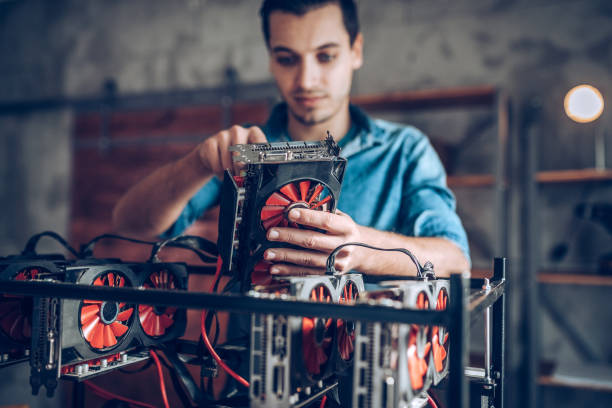
You May Also Like: Remove white spots on your laptop screen: How to remove white spots on a laptop screen
How can you figure out that the GPU isn’t getting enough power supply?
The GPU is a processor that powers all the pixels on your computer screen. It uses a lot of power, so it’s important that you’re getting enough power supply for it.
If you’re not, though, there are some things you can do to troubleshoot this problem and figure out what’s going wrong with your computer.
Graphics downgrade
It is possible that your graphics card is overheating, which can cause the system to shut down. To check this, you’ll need to know how hot your CPU and case are running.
If they’re too warm, then you might want to consider replacing them with something more powerful (or just getting a bigger case).
If all else fails, try using an external monitor instead of the one built into your computer. If you’re still having trouble getting enough power from your PSU then perhaps there’s something wrong with it, and if so contact our friendly Customer Service staff for help!
Display irregularities
There are a few things you can check to identify if your graphics card is not getting enough power. First, make sure that all of the connections are secure and tight in their sockets. If they aren’t, try loosening them up with a small flathead screwdriver or similar tool to make sure they’re laying there securely.
Next, check the power supply itself by plugging it into another device that has functioning lights on its own power button (like an external monitor).
If there are no lights coming from either side of this cable connection, then something is wrong with your motherboard or GPU, but don’t worry! You’ll still be able to see what’s going on inside these devices even without having any type of connection between them.
Unstable system
If your GPU is not getting enough power supply, it may cause the system to crash or become unstable. The GPU will overheat and the temperature of the system will increase.
In some cases, you may see this happen if there are too many programs running on your computer at once or if you have a lot of apps open in one session (like gaming).
If your graphics card has a high temperature but is still able to run smoothly despite having low fan speeds (which indicates that there’s no reason for concern), then it might just be time for an upgrade!
The system won’t power on
You can also check the power supply. If it’s not providing enough power, the system won’t boot up. You should be able to see if there are any lights on and get a picture of the voltage coming out of your power supply by checking its output with an external voltmeter (you can get one at RadioShack).
If you have a laptop, check that you’ve got enough juice for your GPU as well: look for extra cables that might be plugged into parts of the motherboard or board itself. This will help ensure that everything is connected correctly.
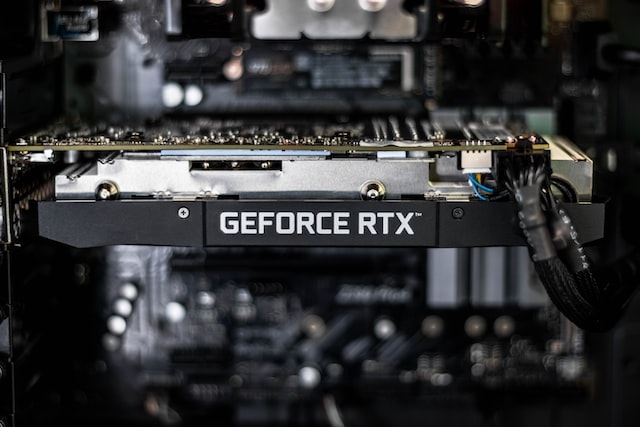
What are the signs of a bad power source for graphic cards?
When you are considering buying a new computer, you may want to look at what kind of power supply is in the machine. You should consider this because there are different types of power supplies out there.
Strange noises
The noise you hear when your graphics card is running is a sign that something’s wrong. If there are any strange sounds coming from the power source, it could be because of several different issues.
One common issue with graphic cards is an inconsistent voltage supply. This means that the voltage provided by your power cable isn’t constant or consistent enough to keep all parts of your computer running properly, and this can cause problems for both hardware and software alike.
Intermittent crashes
If you experience crashes that occur at random, it may be an indication that your power source is not up to par. Crashes will also occur in the same location, at certain times of day, and can even occur when your computer is idle.
If this happens to you then it’s important to make sure that your graphic card isn’t overheating or getting too hot because this could cause instability on its own as well as damage other components within your computer if left unattended for too long without proper cooling measures being taken immediately afterward (such as removing any fans from inside).
Smoke plus strange odors
If you’re experiencing smoke and strange odors, it could be a sign of a bad power source. Smoke is often caused by overheating, and when graphic cards get too hot they can start to emit smoke from the power supply.
This can happen if your graphics card has been working hard for an extended period of time without being adequately cooled down or having its fan turned on (the cooler your GPU runs, the less likely it is to emit uncomfortable amounts of heat).
If you notice these symptoms, take note: this could mean that there’s something wrong with your computer’s power supply or motherboard, and if so, then take steps immediately before anything gets worse!
Dead computer
If your computer has a dead power source, it won’t turn on. No lights, no fans, and no beeps. You can also test the power supply by hooking up an external monitor to your computer and turning it on with just the power cable connected.
If there is no output from the monitor or if you see nothing at all (black screen), then that’s an indication that your graphics card may be bad and needs replacing as soon as possible.
You May Also Like: Connect a camcorder to your laptop: How to connect a camcorder to a laptop

What are the things you need to make sure of a reliable power supply?
A good power supply is what separates the good from the great. It’s not just about getting a high wattage or efficiency rating, but also about making sure that it can handle whatever your computer uses.
There are many different types of power supplies out there, so we’ve put together this guide to help you choose the best one for your needs:
Wattage & efficiency
Wattage and efficiency are two key features to look for when you’re shopping for a power supply. The higher the wattage, the more power it can deliver. The higher the efficiency (measured by percentage), the more power it can deliver for a given amount of electricity used.
However, there’s another factor that should also be considered: cost. A 1000-watt PSU will cost far more than a 500-watt one, even if both have similar ratings!
This is because more energy must be consumed in order to produce 1000 watts than 500 watts; there simply aren’t enough electrons floating around in free space to make up those extra volts needed by those big boys with their big names and fancy packaging!
Warranty & Reputation
The next thing you should check is the reputation and reliability of the manufacturer. You want to make sure that they have a good reputation and are not going to scam you with faulty products, especially if they’re selling their power supply at a discounted price.
There are a few things you can do to check this. First, read reviews online from customers who have already bought it (and preferably from people who have bought other products from the same brand). See what they thought of the product and whether or not it worked as advertised.
The second thing you should do is look at the manufacturer’s website and see if there are any complaints listed there about their products. If not, then chances are good that they’re doing something right!
Gets its semi-modular
You should look for a power supply that is semi-modular. What does that mean, you ask? Well, it means that the cables and connectors are separate from the main housing of your computer, so if you have to replace one part (like an AC adapter), then you can easily swap out those parts without having to completely disassemble your entire case.
Additionally, this kind of setup makes it easier to install and maintain in general; by separating all components into their own individual boxes or modules, you don’t have as much clutter on your desk and won’t have any more trouble finding specific pieces when they’re needed.
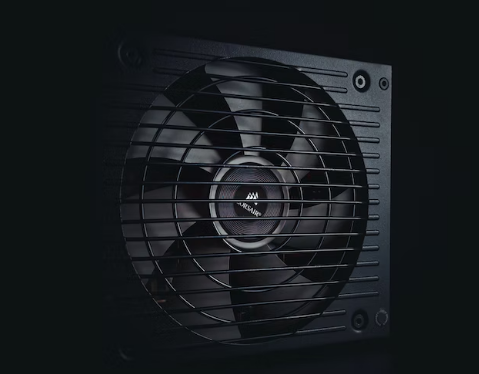
Frequently Asked Questions
How do I know if my power supply is enough for my graphics card?
First off, you should always make sure that you have a solid power supply.
You can test this by measuring how much current your graphics card draws when it’s first turned on and then again when it’s running at full speed. If the voltage does not increase with your graphics card drawing more current, then you will need to upgrade your power supply.
You can also check with your manufacturer about what size of power supply they recommend for their cards.
Can a low-power PSU damage a GPU?
Yes, a low-power PSU can damage a GPU.
The reason is that the GPU needs a lot of power to run, and if it doesn’t have enough power then it will run slower and less efficiently. The same thing can happen with other components in your computer, like the CPU and RAM, but it’s more likely that these parts will be damaged by having too little power.
If you’re still worried about this, you can always upgrade your PSU to one that has more power.
How do I pick the right Power Supply for my needs?
The very first thing to check is the wattage of your device. If it’s a little under or over the wattage required for your device, you can use a higher-wattage power supply.
If it’s a bit below, you might be able to get away with using a lower-wattage power supply and still have enough juice for your device.
If you’re looking for something more powerful than what your device needs, look for one with a bigger output rating.
Are GPUs getting more power-hungry?
GPUs are getting more power-hungry because of the increased number of cores and the increased amount of memory, both of which require more energy.
The reason for this is that there are more cores on these GPUs, which requires more energy to process each core’s work. The more memory you have, the more power it takes to retrieve data from the RAM to process it.
Where can I calculate the wattage of my PC build?
You can calculate the wattage of your PC build by taking the total wattage of all components in the PC and dividing it by the number of watts in each component.
Conclusion
By now you should be familiar with the basics behind graphics cards and their power supply requirements. But what happens if you buy a card which requires more power than the x16 slot can provide?
This is no longer a theoretical question – in 2019, demand for graphics cards increased so much that several graphics cards from both AMD and Nvidia were released with an insufficient 500-watt power supply requirement. It’s a fairly common misconception that exceeding this limit is dangerous for your card, but actually, some manufacturers design their cards not to support more than an x16 slot alone.




